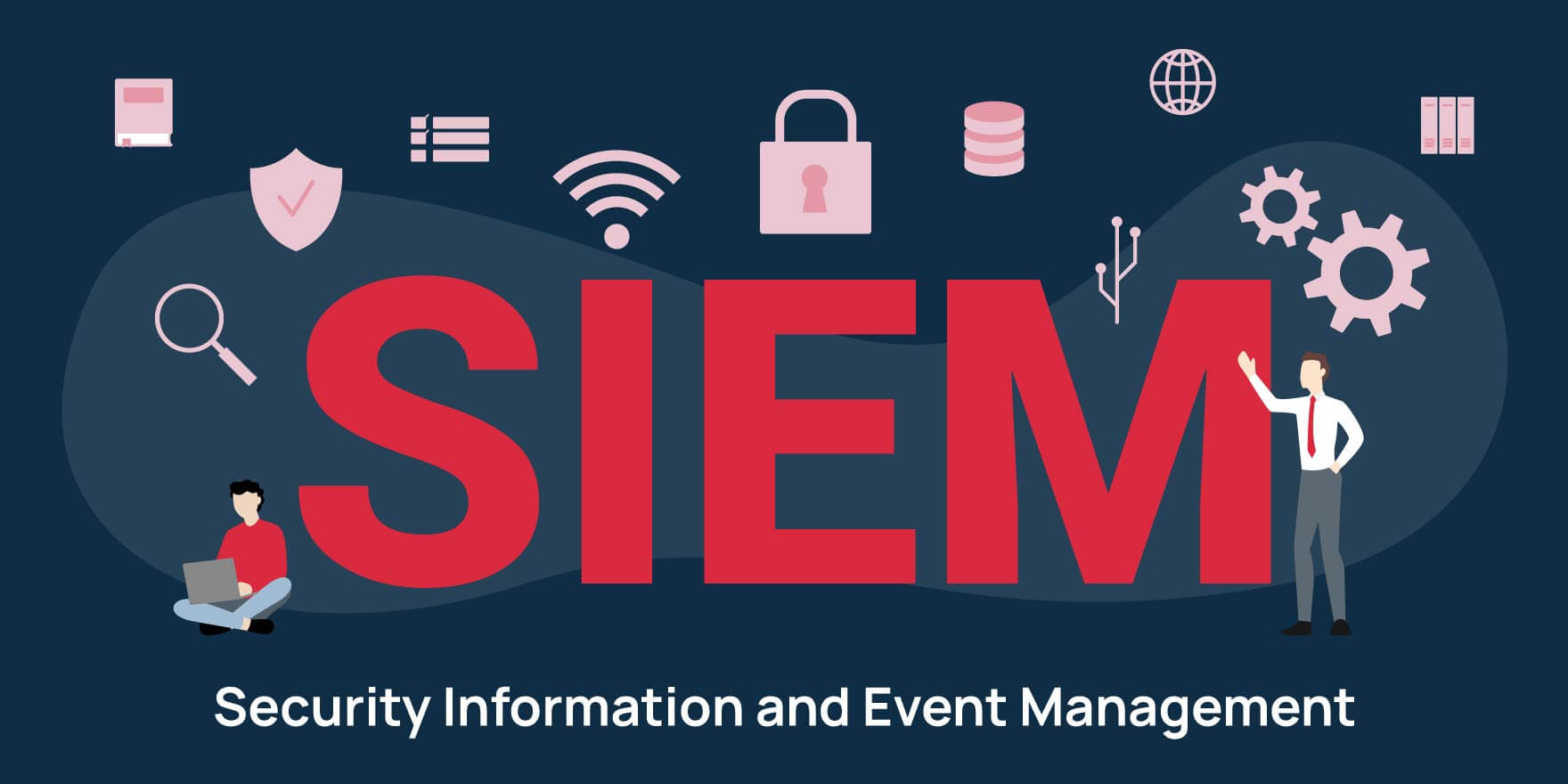 By: John Abhilash / July 17, 2024
By: John Abhilash / July 17, 2024
SIEM systems are designed to collect and analyze log data from various sources across an organization’s IT infrastructure. By centralizing this information, security teams can gain valuable insights into potential threats and anomalies. This comprehensive approach to security monitoring enables organizations to detect, respond to, and mitigate security incidents more efficiently.
SIEM technology has evolved significantly since its early days. Initially, SIEM tools focused on log management and compliance reporting, helping organizations meet regulatory requirements by aggregating and storing log data from various systems. However, as cyber threats became more sophisticated, the need for advanced analytics, real-time monitoring, and automated response capabilities emerged.
Modern security information and event management platforms are far more advanced, integrating machine learning, user and entity behavior analytics (UEBA), and security orchestration, automation, and response (SOAR) capabilities. These enhancements provide deeper insights into security events, identify complex attack patterns, and automate response actions, significantly reducing the impact of security incidents.
Implementing a security information and event management solution can significantly enhance an organization’s security posture. Here are some key benefits:
Enhanced Threat Detection: SIEM systems use advanced analytics and correlation rules to identify potential threats and anomalies that might otherwise go unnoticed.
Improved Incident Response Times: By centralizing security data and automating response actions, SIEM solutions can significantly reduce the time it takes to detect, investigate, and respond to security incidents.
Streamlined Compliance Reporting: SIEM platforms simplify the process of meeting regulatory requirements by aggregating and storing log data, generating compliance reports, and providing audit trails.
Centralized Security Management: SIEM solutions offer a unified view of an organization’s security landscape, making it easier for security teams to monitor and manage security events across the entire IT infrastructure.
Better Visibility into Security Events: By consolidating log data from multiple sources, SIEM systems provide a comprehensive view of security events, enabling organizations to identify trends and patterns that could indicate potential threats.
To get the most out of your security information and event management solution, consider these best practices:
Define Clear Objectives Before implementing a SIEM system, it’s crucial to outline your specific security goals. Are you primarily focused on compliance management, threat detection, or incident response? Understanding your objectives will help guide your SIEM strategy and ensure you select the right solution for your organization’s needs.
Prioritize Data Sources Identify the most critical data sources for your SIEM system, such as firewall logs, intrusion detection/prevention systems (IDS/IPS), authentication servers, application logs, and endpoint security solutions. Prioritizing these sources ensures you capture the most relevant data for threat detection and response.
Establish Meaningful Correlation Rules Develop correlation rules that align with your security objectives. These rules help identify patterns and anomalies that may indicate potential threats. For example, a correlation rule might trigger an alert if a user attempts to access sensitive data outside of normal business hours or if multiple failed login attempts are detected within a short period.
Implement Continuous Monitoring Set up continuous monitoring processes to ensure your SIEM solution is always vigilant. This approach enables rapid detection and response to security incidents and helps identify emerging threats and vulnerabilities, allowing proactive risk mitigation.
Regularly Review and Update Security threats are constantly evolving. Regularly review and update your SIEM configuration, correlation rules, and response procedures to stay ahead of emerging threats. Conduct periodic assessments to ensure your SIEM system is effectively identifying and responding to security incidents.
Here are some of the top security information and event management solutions available today:
Splunk Enterprise Security : Splunk Enterprise Security is a robust SIEM solution known for its powerful analytics and visualization capabilities. It handles large volumes of data and offers flexible deployment options, making it suitable for organizations of all sizes.
Case Study: Vodafone Vodafone implemented Splunk Enterprise Security to enhance its security operations. The telecom giant reduced the average time to detect and investigate security incidents from 2-3 days to just 30 minutes, significantly improving their threat response capabilities.
IBM QRadar : IBM QRadar is renowned for its advanced analytics and threat intelligence integration. It offers both on-premises and cloud-based deployment options, making it a versatile choice for organizations with diverse IT environments.
Case Study: Sogeti Sogeti, a leading provider of technology and engineering services, deployed IBM QRadar to strengthen its cybersecurity posture. The company reduced security incidents by 70% and false positives by 80%, while also achieving a 10x faster incident response time.
LogRhythm NextGen SIEM Platform: LogRhythm’s NextGen SIEM Platform combines SIEM functionality with user and entity behavior analytics (UEBA) and security orchestration, automation, and response (SOAR) capabilities. This comprehensive approach helps organizations detect and respond to advanced threats more effectively.
Case Study: Salmat Salmat, an Australian marketing services company, implemented LogRhythm to enhance its security incident response capabilities. The solution enabled Salmat to reduce its mean time to detect (MTTD) for security incidents by 90% and improve its overall security posture.
AlienVault USM Anywhere: AlienVault USM Anywhere is a cloud-native SIEM solution that offers a unified approach to threat detection, incident response, and compliance management. Its cloud-native architecture makes it easy to deploy and scale, providing organizations with a flexible and cost-effective security solution.
Case Study: Greenhill & Co. Greenhill & Co., a leading independent investment bank, deployed AlienVault USM Anywhere to improve its cloud security posture management. The solution helped Greenhill centralize its security monitoring across multiple cloud environments and streamline compliance reporting, saving significant time and resources.
Exabeam Fusion SIEM : Exabeam Fusion SIEM combines traditional SIEM capabilities with advanced behavioral analytics and automated investigation features. This innovative approach helps organizations detect and respond to both external and internal threats more effectively.
Case Study: Meiji Yasuda Meiji Yasuda, one of Japan’s largest insurance companies, implemented Exabeam Fusion SIEM to enhance its insider threat detection capabilities. The solution helped the company reduce alert investigation times by 90% and improve its ability to detect and respond to potential insider threats.
SIEM solutions are essential components of modern cybersecurity strategies. By centralizing security data, automating threat detection, and streamlining incident response, security information and event management tools enable organizations to stay ahead of evolving threats.
Define Clear Objectives and KPIs: Establishing clear security goals and key performance indicators (KPIs) is crucial for guiding your SIEM strategy and measuring its effectiveness.
Choose a Solution that Aligns with Your Needs: Different SIEM solutions offer various features and capabilities. Select a solution that best aligns with your organization’s specific security requirements and IT environment.
Implement Best Practices for Deployment and Management: Adhering to best practices for SIEM deployment and ongoing management will help ensure that your SIEM system is effective in detecting and responding to security incidents.
Stay Informed About Emerging Trends: The cybersecurity landscape is constantly evolving. Staying informed about emerging trends and technologies will help you keep your SIEM solution up to date and capable of addressing new threats.
The field of SIEM is continuously evolving, driven by advancements in technology and the increasing sophistication of cyber threats. Here are some trends and innovations shaping the future of SIEM:
Integration with AI and Machine Learning: AI and machine learning are becoming integral components of modern SIEM solutions, enabling SIEM systems to analyze vast amounts of data more efficiently, identify complex attack patterns, and automate response actions.
Expansion of UEBA: User and Entity Behavior Analytics (UEBA) enhances SIEM capabilities by analyzing the behavior of users and entities to detect anomalies that may indicate insider threats or compromised accounts.
Cloud-Native SIEM Solutions: As more organizations move their IT infrastructure to the cloud, cloud-native SIEM solutions are gaining popularity for their flexibility, scalability, and cost-effectiveness.
SOAR Capabilities: Security Orchestration, Automation, and Response (SOAR) capabilities are becoming standard features of modern SIEM platforms, automating routine tasks and enabling faster response to security incidents.
Focus on Compliance and Data Privacy: With increasing data privacy regulations, SIEM solutions are evolving to help organizations meet compliance requirements more efficiently.
To maximize the potential of your SIEM solution, take a holistic approach to security management by integrating SIEM with other security tools and technologies. Continuous training and education for security personnel are also critical to ensuring effective use of your SIEM system.
Security Information and Event Management solutions have become indispensable tools for modern cybersecurity strategies. By centralizing security data, automating threat detection, and streamlining incident response, SIEM tools empower organizations to stay ahead of evolving threats and protect their valuable assets.
As you embark on your journey to implement or upgrade your security information and event management solution, remember to define clear objectives, prioritize critical data sources, and adhere to best practices. Stay informed about emerging trends and continuously refine your SIEM strategy to ensure it remains effective in the face of new challenges. With the right SIEM solution and a proactive approach to security management, you can build a resilient and secure IT environment for your organization.
Check Out our Other Resources : Master ASPM :Build a secure strategy
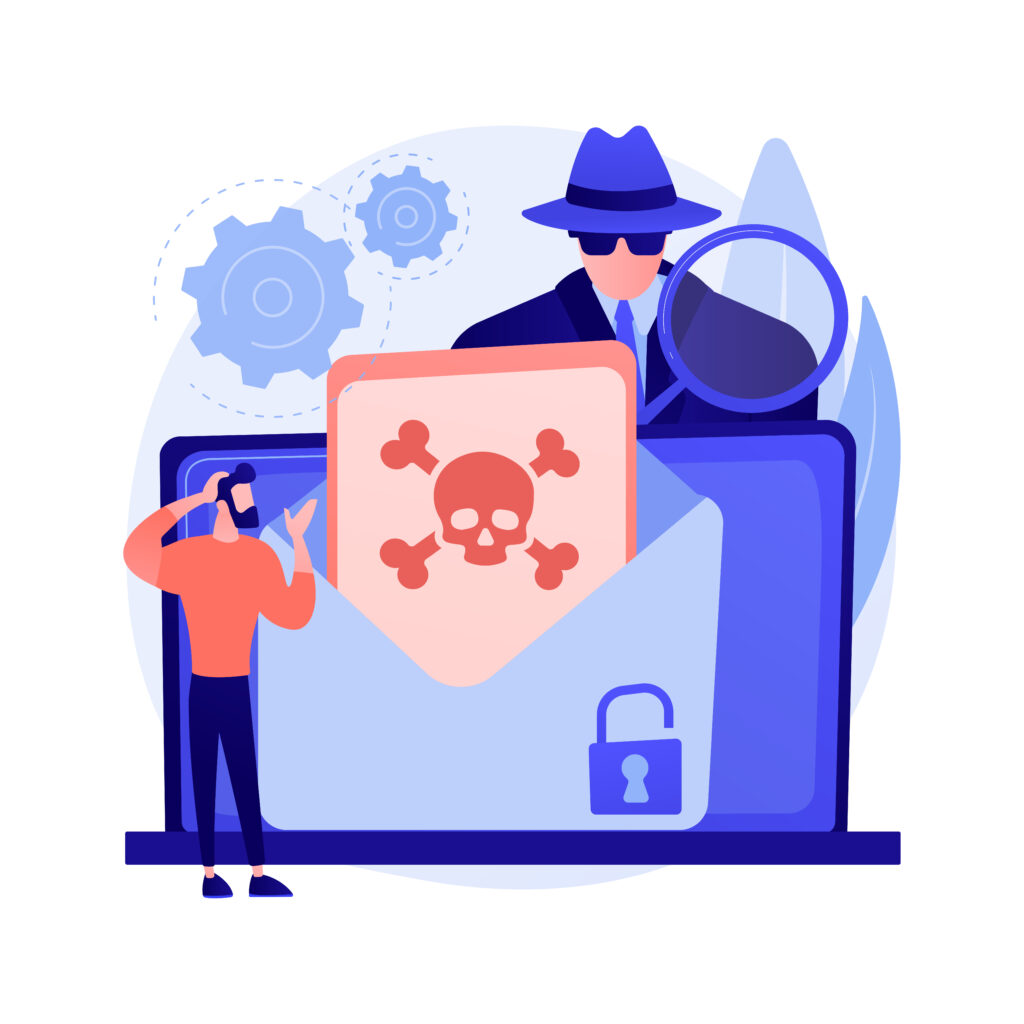

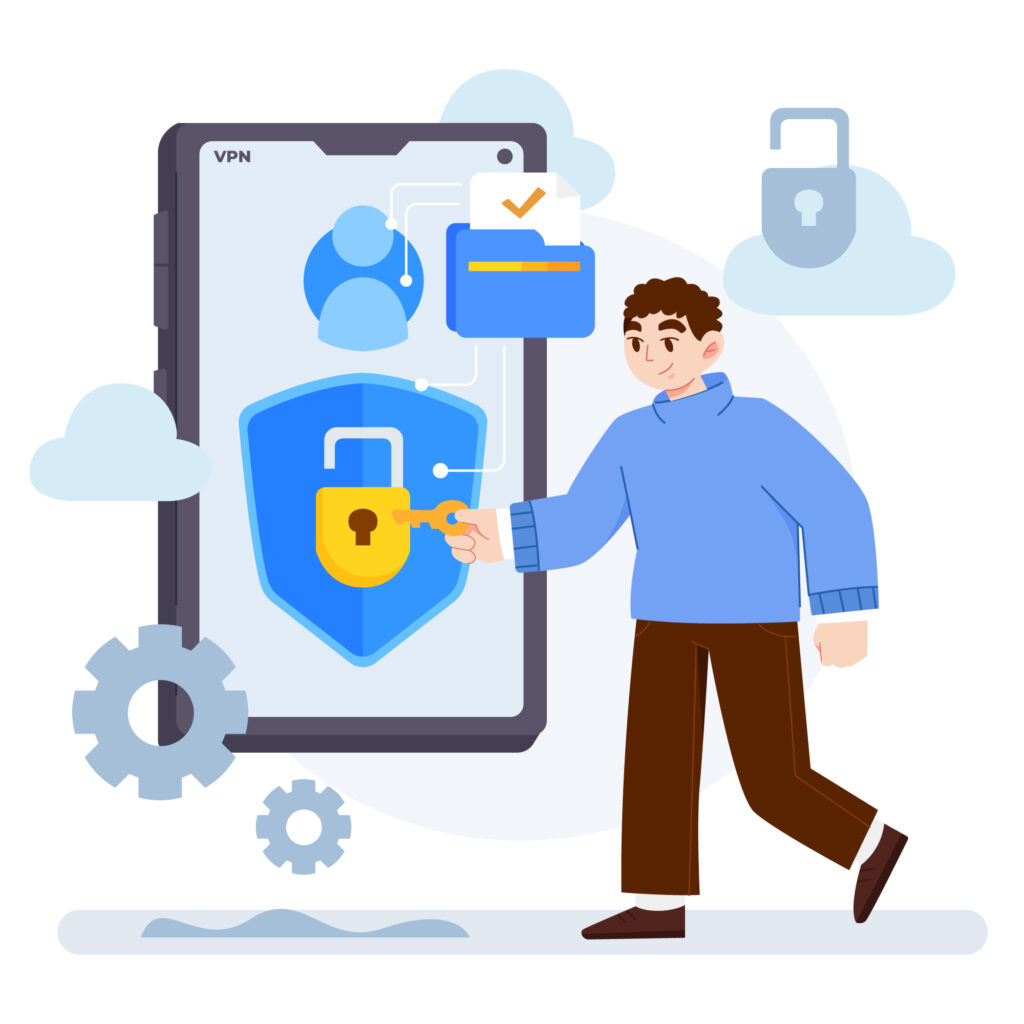
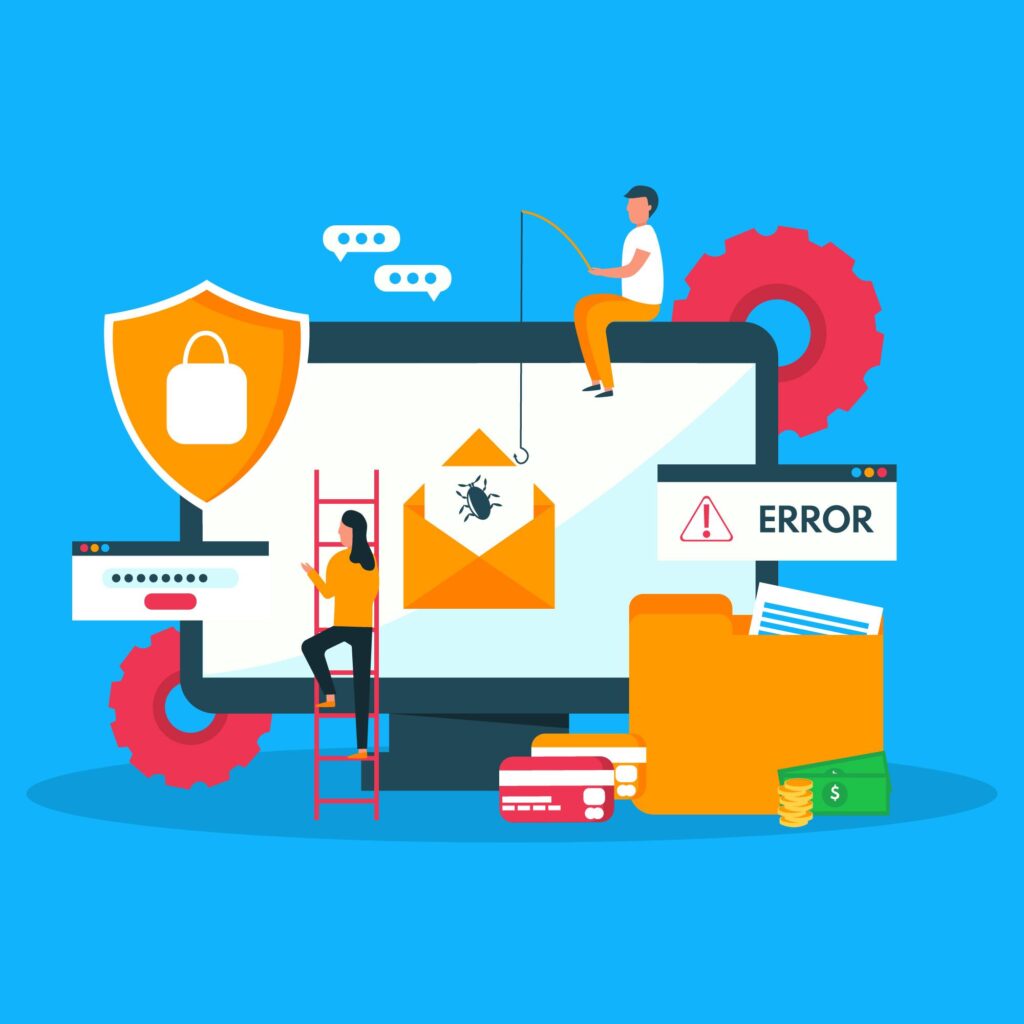

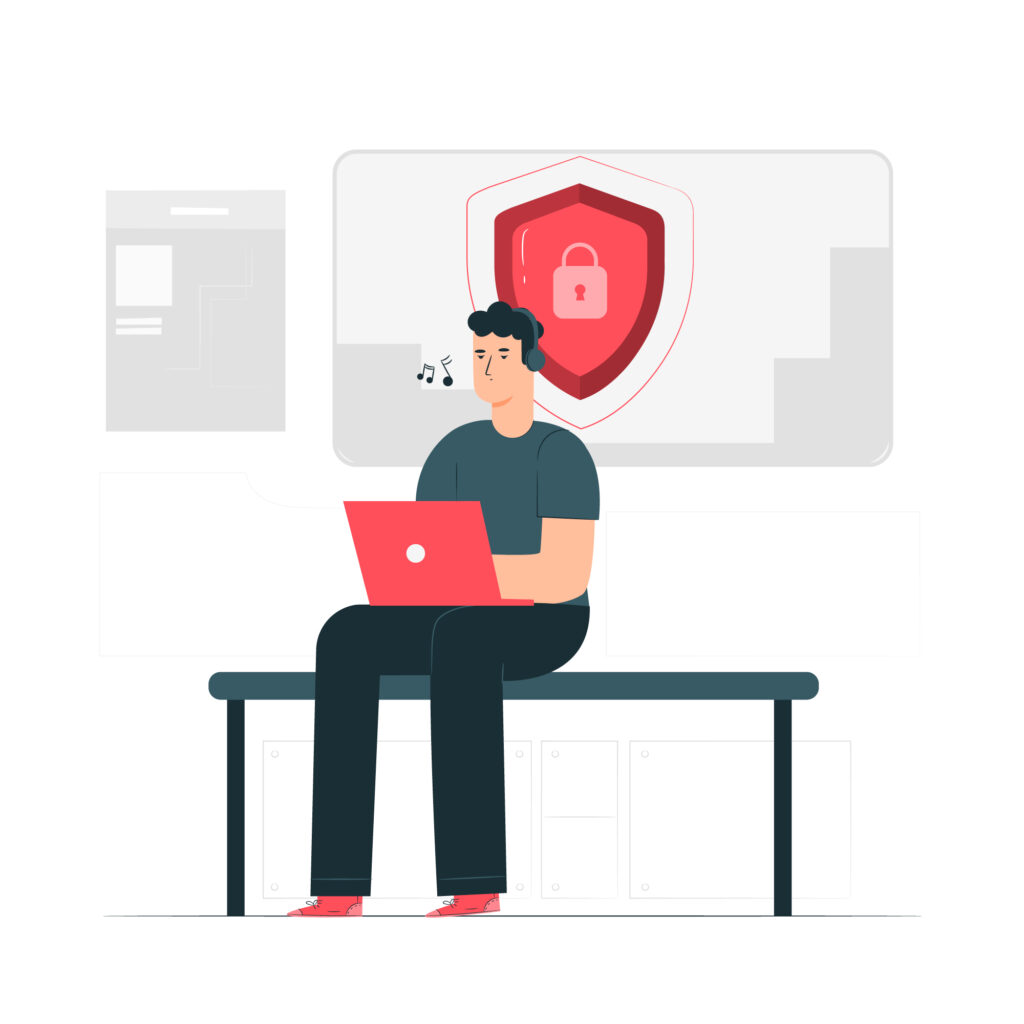

Leave a Comment